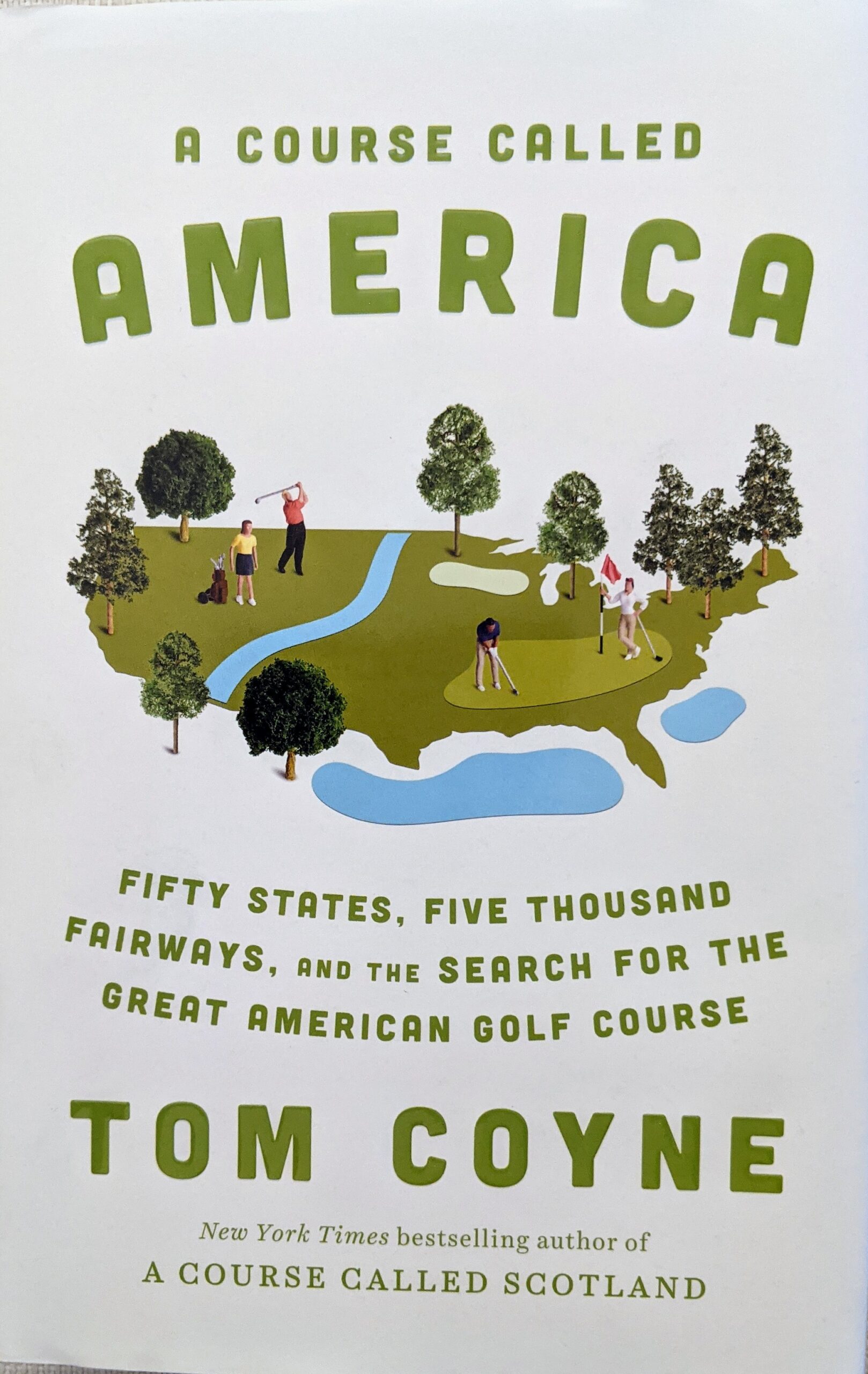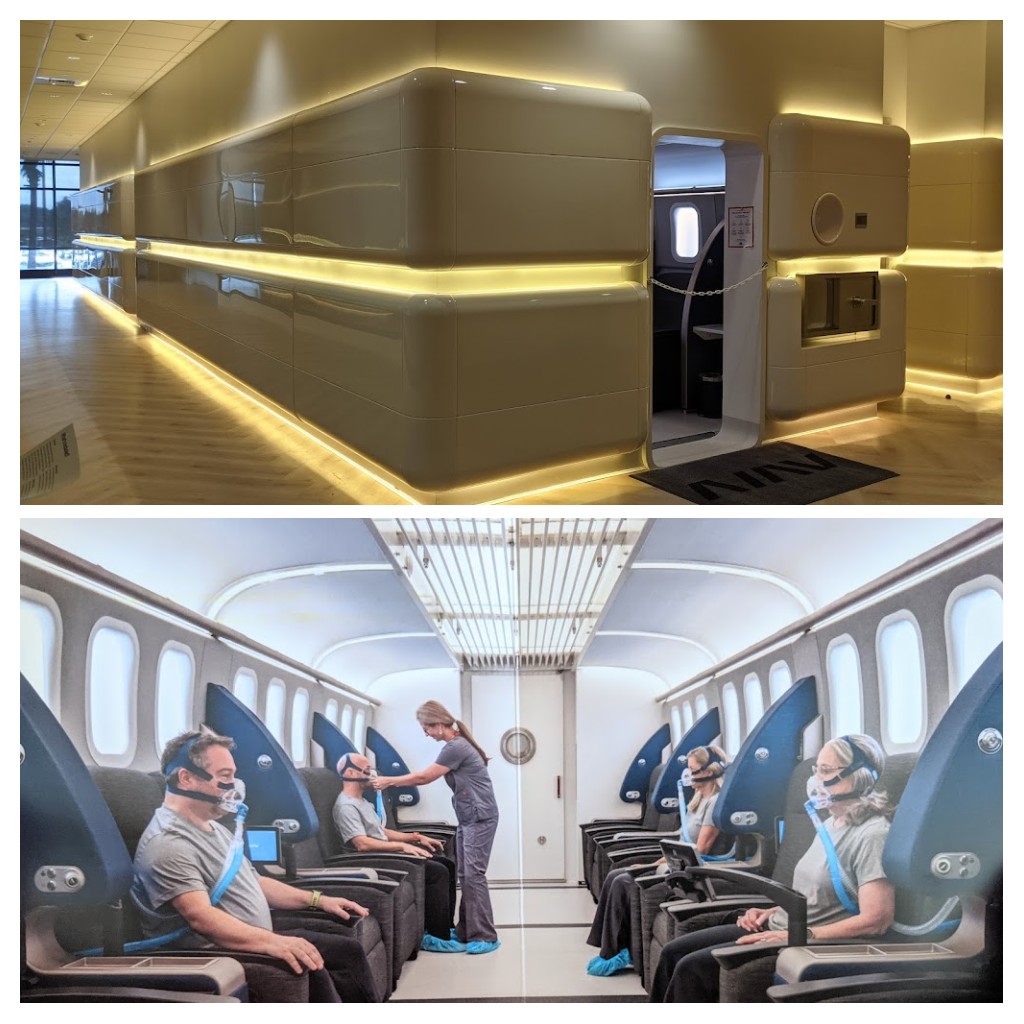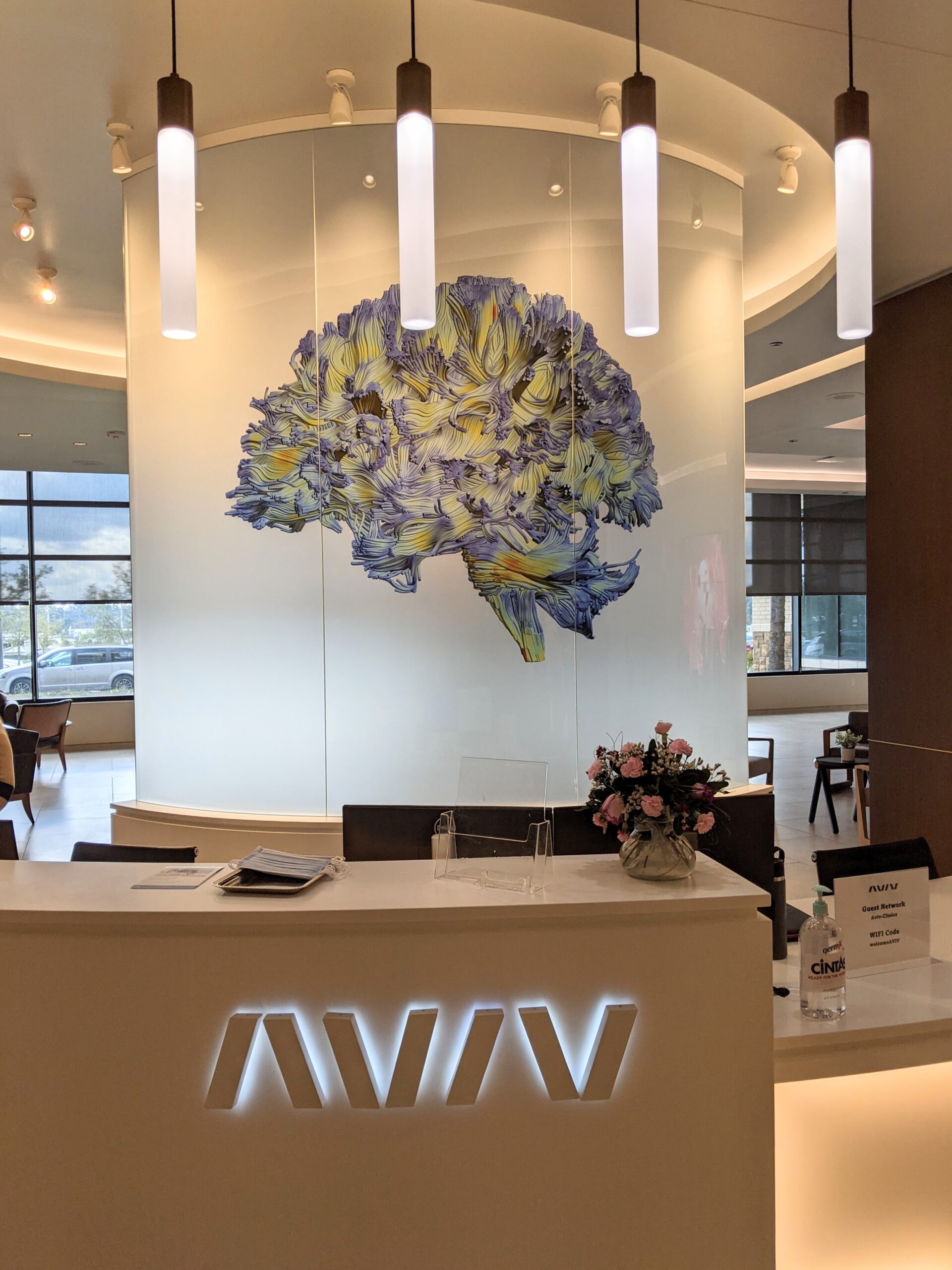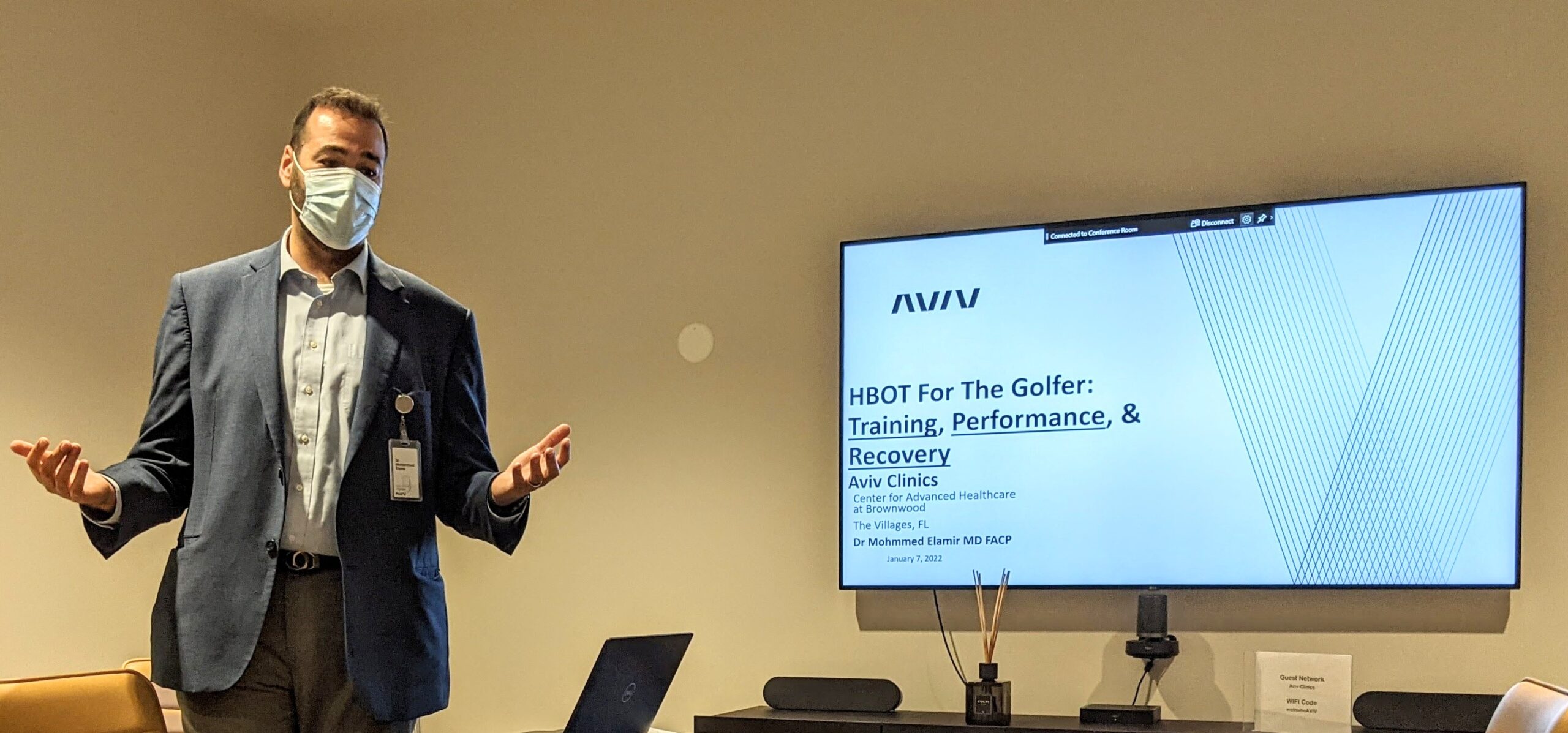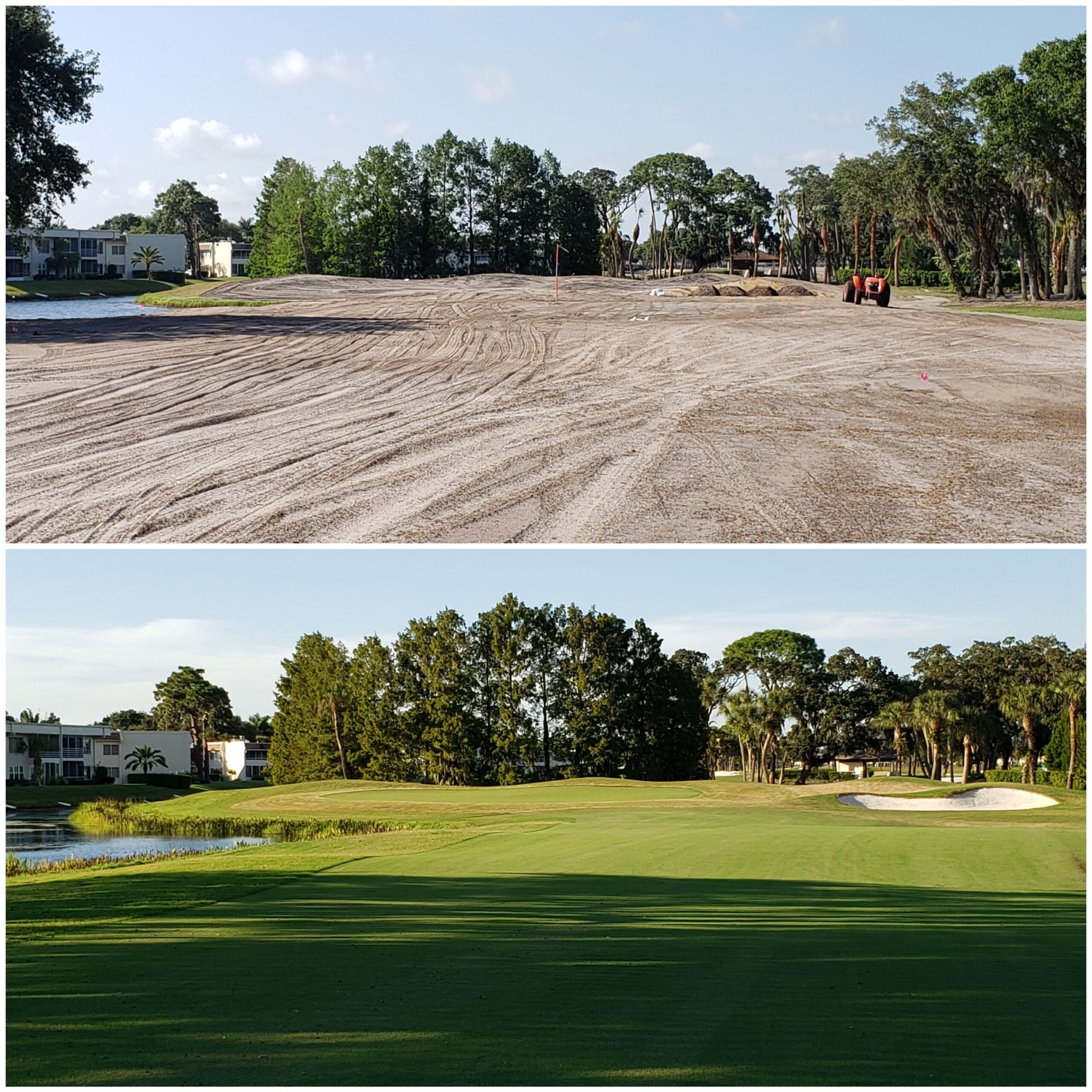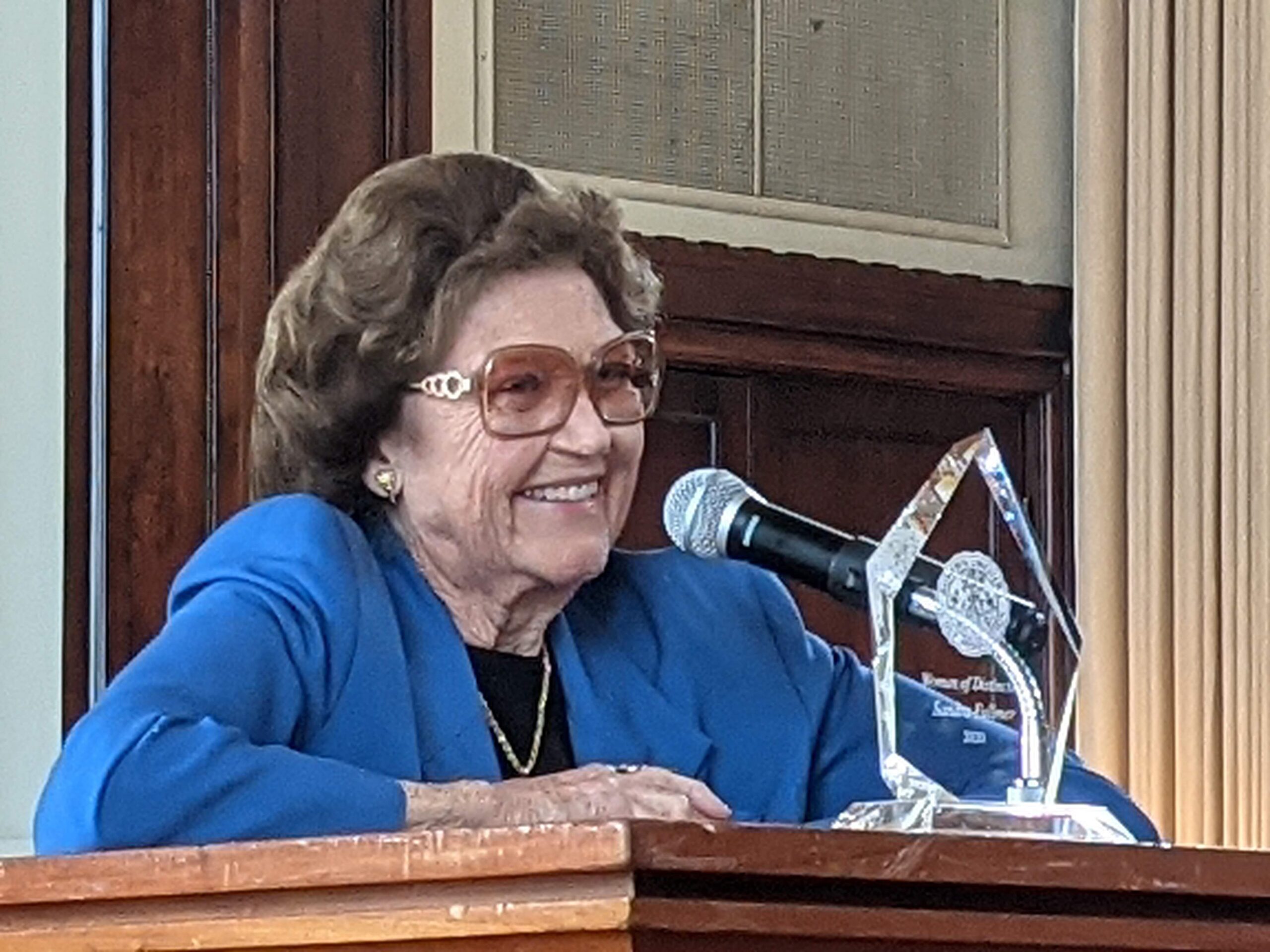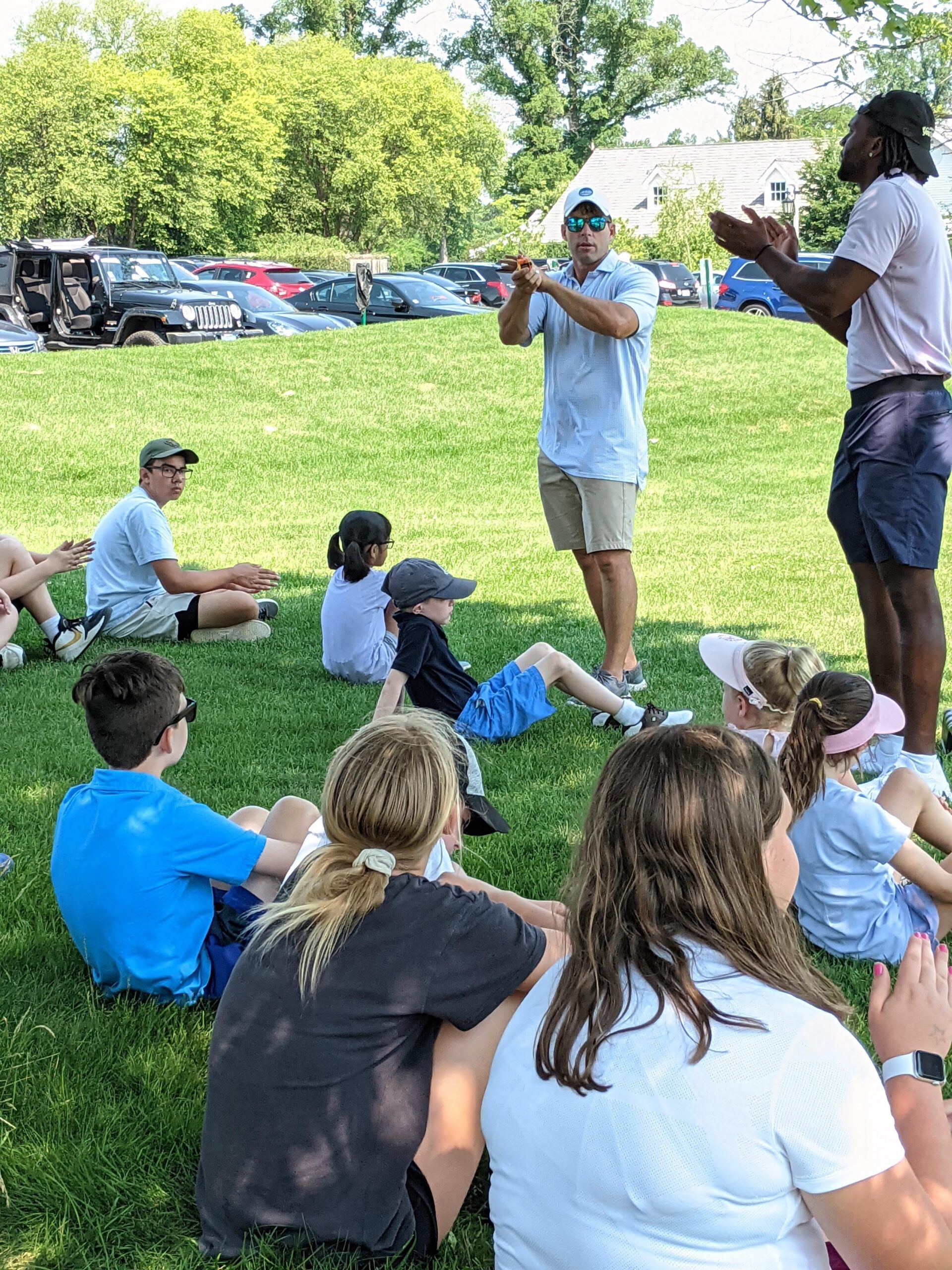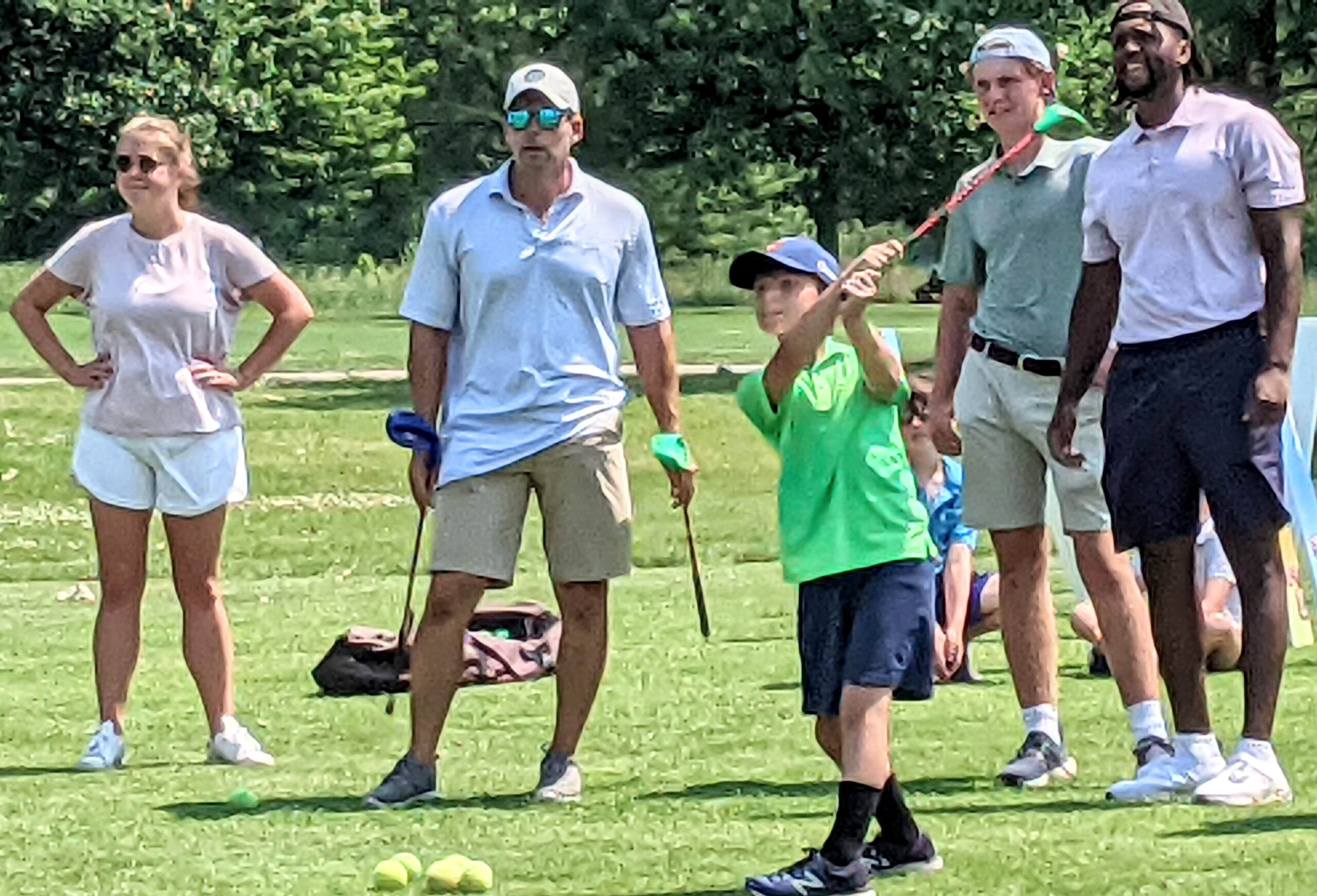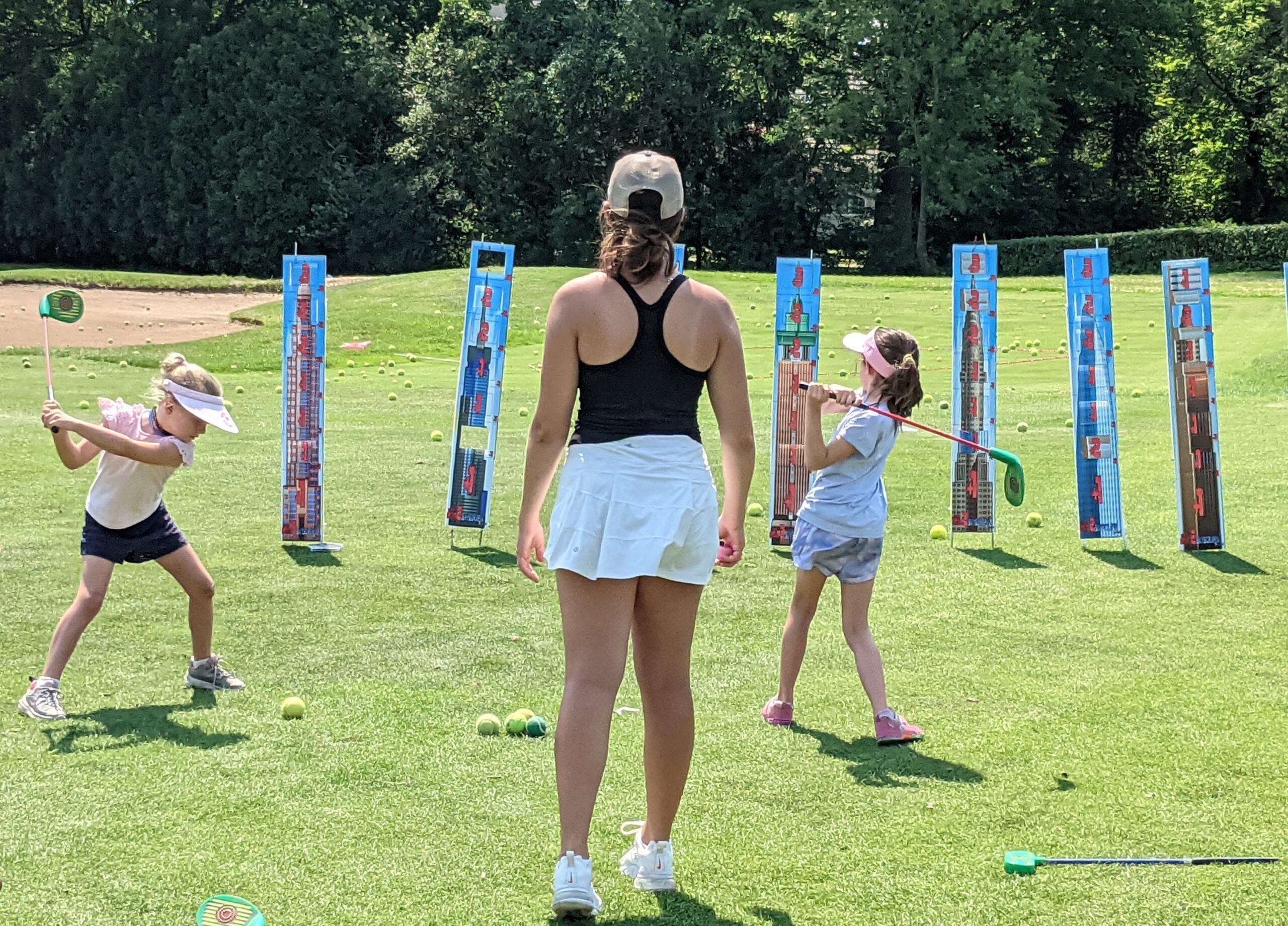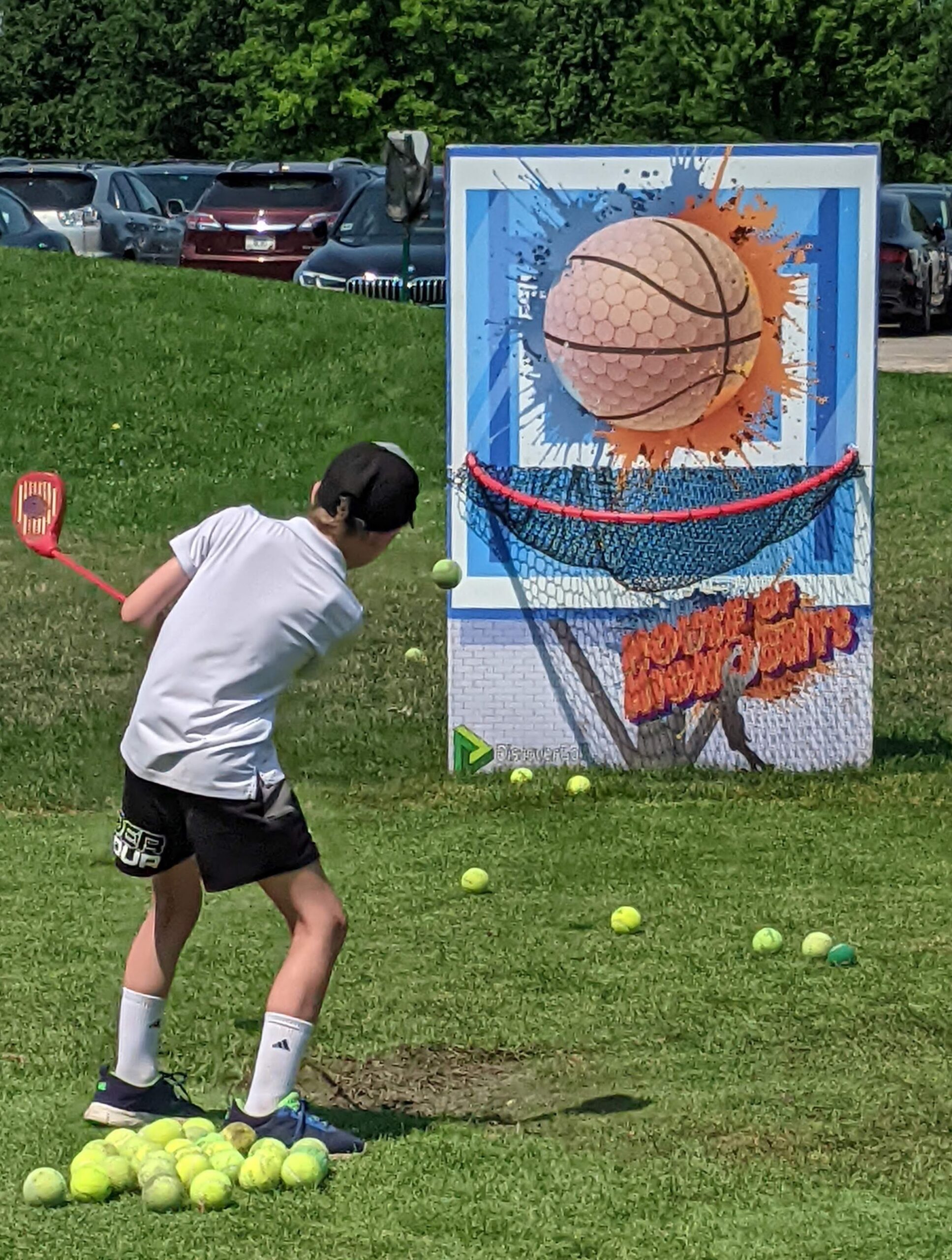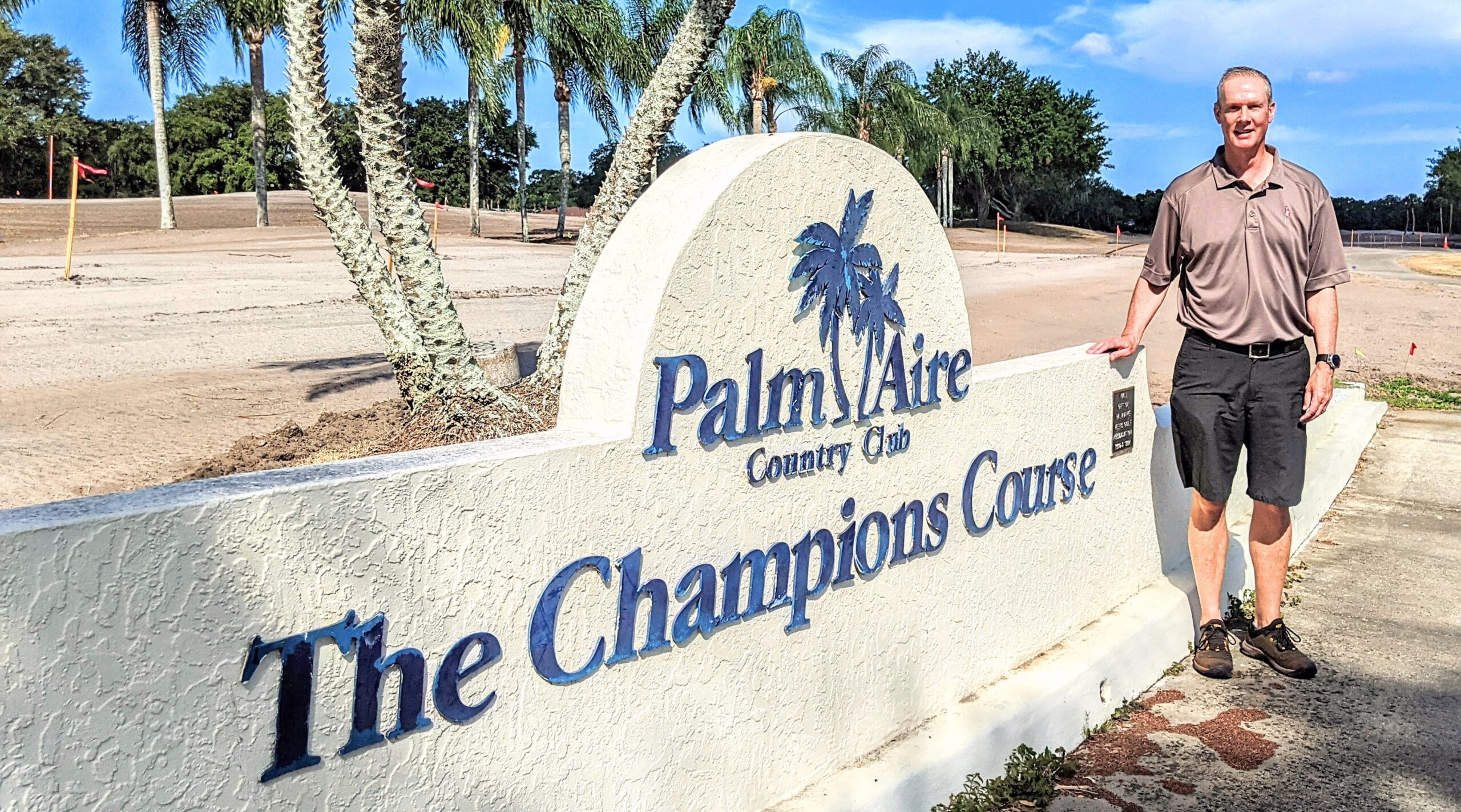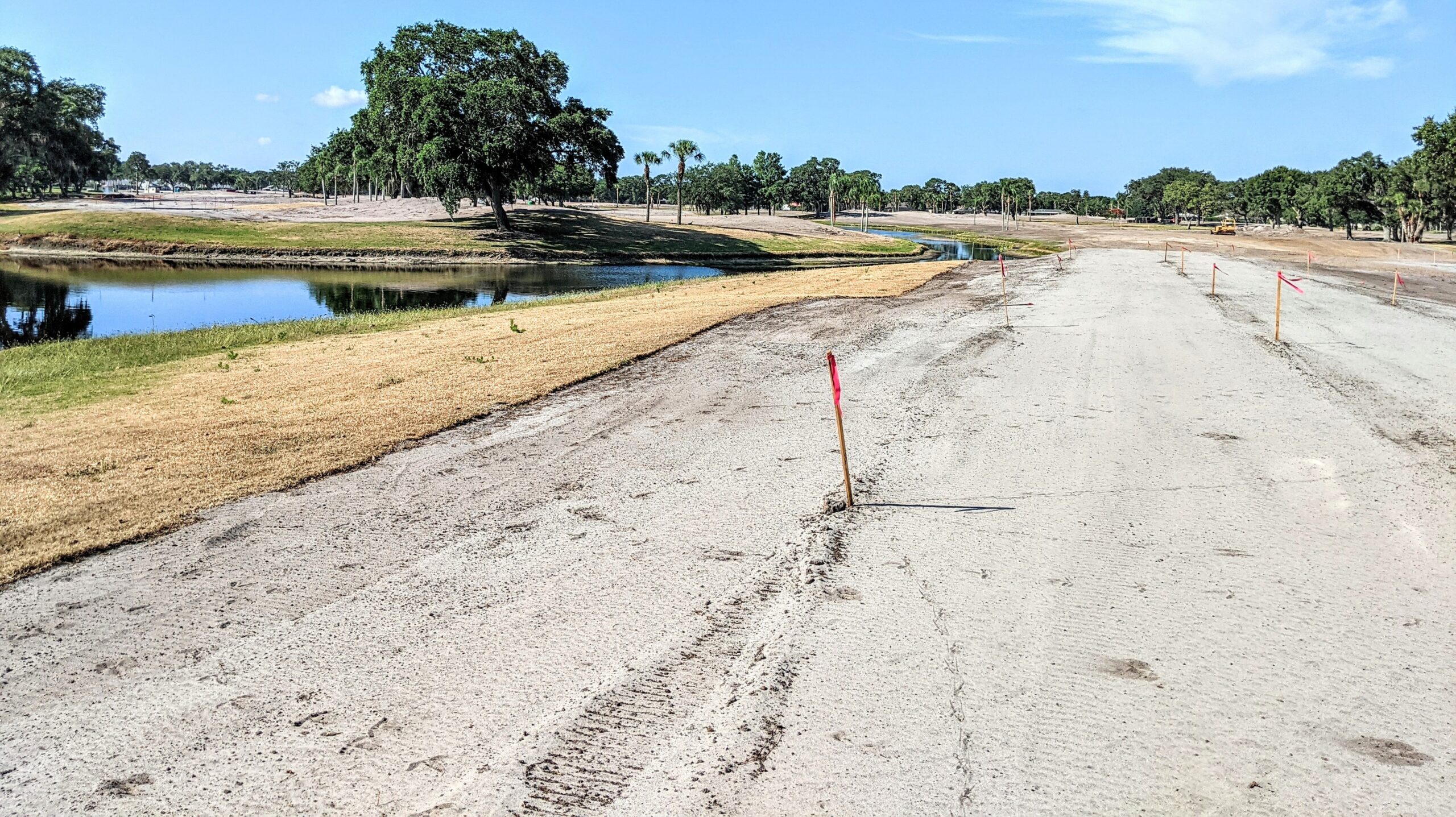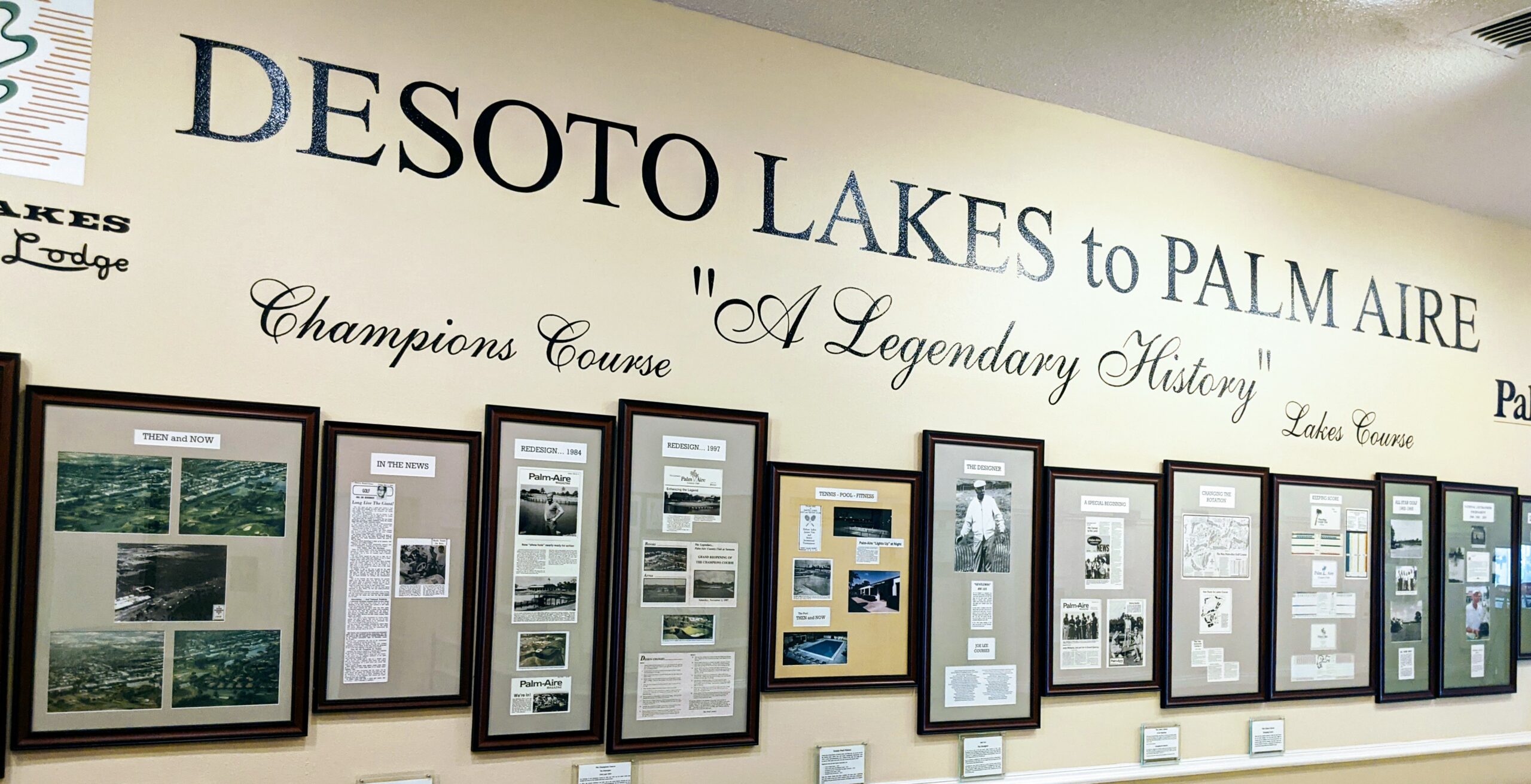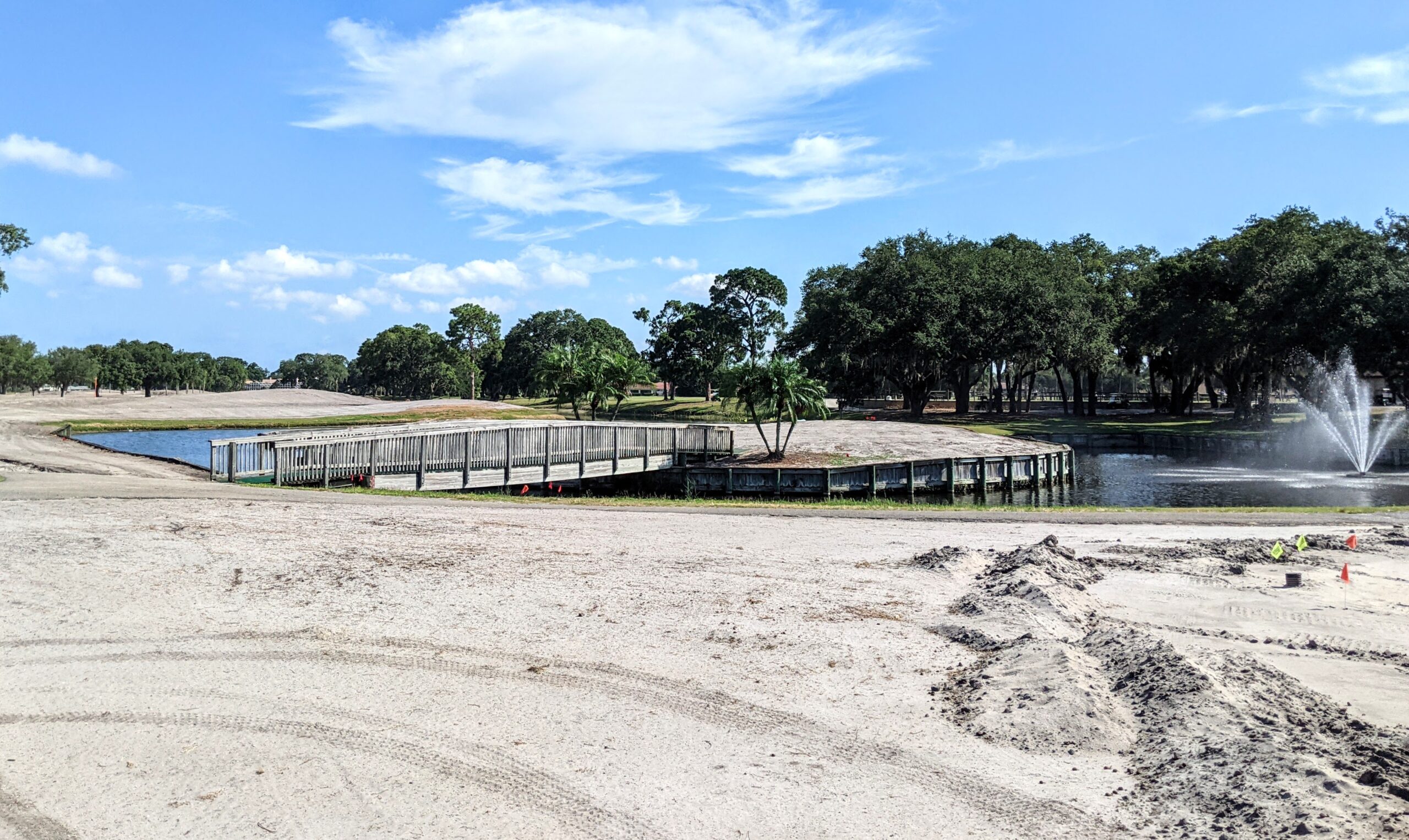The 2021 Chicago golf season should be remembered for much more than pandemic-related issues. Some extraordinary building was going on at clubs across the Chicago area, and it wasn’t all done on golf courses.
Golf course renovations are commonplace annually, but this year the most noteworthy upgrading related to clubhouses. Two facilities – The Preserve at Oak Meadows, in Addison, and Heritage Oaks, in Northbrook — opened brand new clubhouses and a third — Fox Run, in Elk Grove, will unveil its new one any day now.
And, two other facilities – Settler’s Hill, in Geneva, and Heritage Oaks, in Channahon – are well underway with clubhouse developments. Theirs will open in 2022.
Here’s how these massive clubhouse projects look as this season winds down:
THE PRESERVE AT OAK MEADOWS: The Preserve’s clubhouse was the first to open, in early August, and it also took the longest to complete. The course, which began in 1923 as Elmhurst Country Club, was without a clubhouse since lightning destroyed the previous one in 2009.
Building a new clubhouse wasn’t as high on the Forest Preserve District of DuPage County’s priority list as getting the golf course up to par. It had long been beset by flooding issues. They were solved as part of a $16 million renovation but it took three more years for the new $12.6 million clubhouse to be up and running.
The new one, measuring slightly under 14,000 square feet, was designed by Dan Wohfeil, who had previously created the much bigger clubhouse for Mistwood, in Romeoville. Nineteen architects submitted proposals before Wohfeil was selected.
Ed Stevenson was a focal point throughout the lengthy course and clubhouse projects. Long the director of golf at the Preserve, Stevenson also served as executive director of the Forest Preserve District of DuPage County during critical times when the work was going on.
The new clubhouse looks much different than the old, more stately one. Construction began on Sept. 17 of 2019. Wohfeil’s version offers the Greenway Restaurant, a most pleasant sports bar, great views of the golf course and also includes a pro shop. The old one was closed in the final days before completion of the clubhouse. It’ll be converted into to a base for indoor golf activities.
HERITAGE OAKS: The Northbrook Park District completely revamped what had been Sportsman’s Country Club. The facility started as Sky Harbor Golf Club when the course opened in 1931 and was a 54-hole facility at one time.
It was long known as Sportsman’s Country Club, with 27 holes, prior to its re-opening in late August. The change in name to Heritage Oaks Golf Club was in keeping with the complete upheaval involved in the construction process.
“It was almost like opening a brand-new facility,’’ said general manager Greg Baron. “The Sportsman’s name didn’t suggest we were a very inclusive facility, but 30 to 40 percent of our play is women, and we’ve never been a country club. We’re a golf club.’’
Unlike the Preserve at Oak Meadows, the course and clubhouse creations were handled simultaneously and the facility was closed for the entire 2021 season. The clubhouse, the 18-hole and 9-hole courses and the practice range all opened together.
Libertyville architect Rick Jacobson supervised work on the courses and range and RATIO Architects of Indianapolis handled the clubhouse. The renovations of the property was a $12.75 millions property with the clubhouse costing $6 million.
The 10,000-square foot clubhouse includes the full-service Acorn Grill, a bar that seats 20 and an area set aside for two golf simulators. The restaurant can seat 80 inside and 48 more on the terrace. There’s a window wall that opens to the outside. In the Sportsman’s days there was no bar. “It was just a glorified walkup window,’’ said Baron.
FOX RUN: The 18-hole course in Elk Grove wasn’t touched while an $8.5 million clubhouse was under construction. The construction work was expected to be completed in mid-October and general manager Tom Klaas anticipated completion of the project would come in late November or early December.
Klaas and his staff have operated out of a trailer this season, and it was taken down on Oct. 15. Williams Architects of Itasca designed the new building.
“We designed away from the traditional pro shop,’’ said Klaas. “Our planning started with the maintenance building, which was built in 1984 and was the oldest on (Elk Grove) Park District property.’’
Eventually the decision was made to combine the maintenance facility with a new clubhouse. The old one was demolished after Labor Day in 2020.
“We’ll be a 12-month facility now,’’ said Klaas. “We wanted to keep our players engaged in the winter. We’ll have a sports bar opened all winter with a kitchen and lots of TVs. We’ll also have three Full Swing screen simulators and we do have our slots room, too.’’
AND STILL COMING: New clubhouse construction was barely underway at Settler’s Hill and Heritage Bluffs as the 2021 season was fading away.
Settler’s Hill was closed all season for work on the course, but that all was dictated by plans for a new clubhouse. The old course had no practice range with neither of the nines returning to the existing clubhouse. That’ll be corrected with the building of a new, more centrally located clubhouse. The old one will remain as a banquet facility. Target date for completion is mid-July of 2022.
Heritage Bluffs, owned by the Channahon Park District, is a well-established, well-received course that opened in 1993. The Park District board approved a design for a new clubhouse in January, the most notable feature being an indoor-outdoor bar area. Construction began in June and the old clubhouse was demolished in July. The new clubhouse is also slated for an opening some time in 2022.
 If you’re a golfer you’ve got to envy Tom Coyne. Lots of author types – me included to some extent – have been more than willing to write about their golf travels in some form or another. Coyne has done it much better than most. He’s a globe-trotting golfer with lots of stories to tell.
If you’re a golfer you’ve got to envy Tom Coyne. Lots of author types – me included to some extent – have been more than willing to write about their golf travels in some form or another. Coyne has done it much better than most. He’s a globe-trotting golfer with lots of stories to tell.
